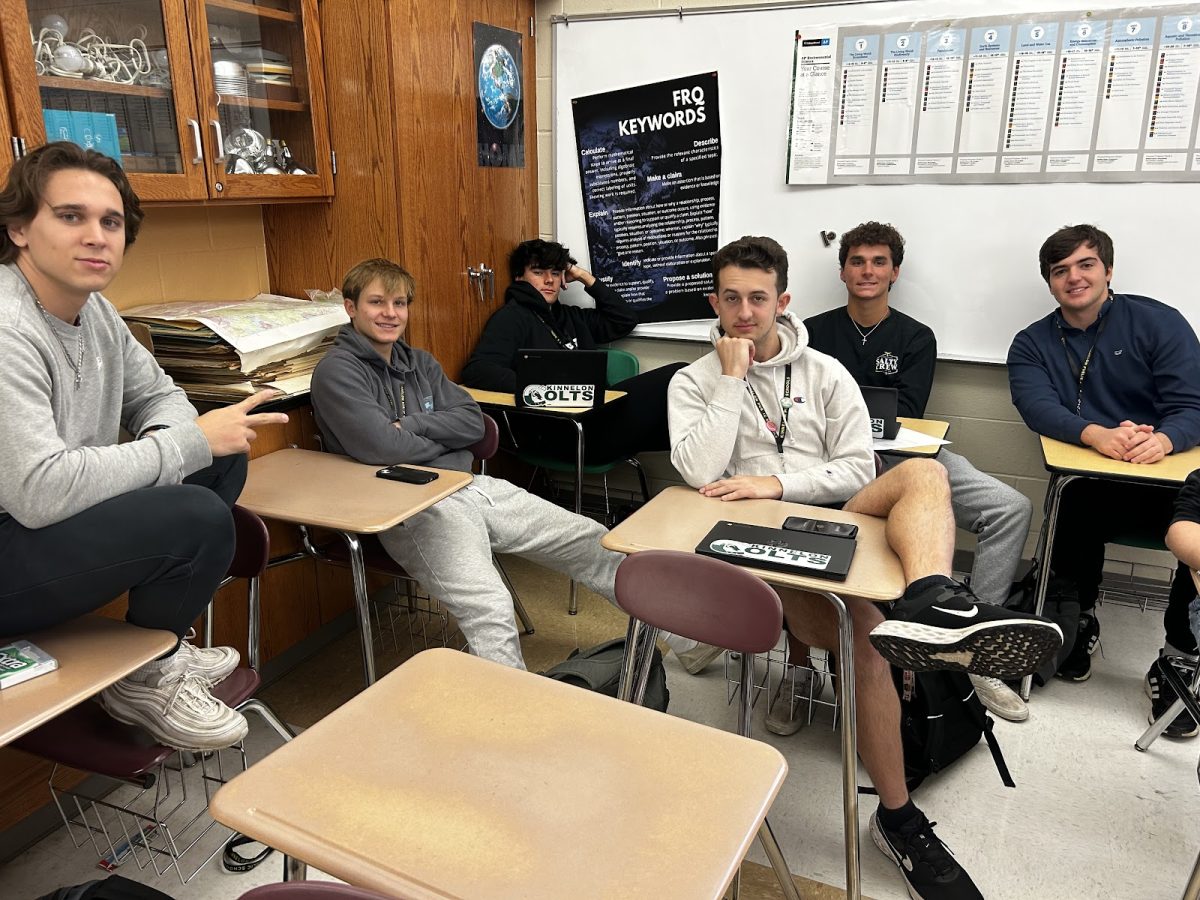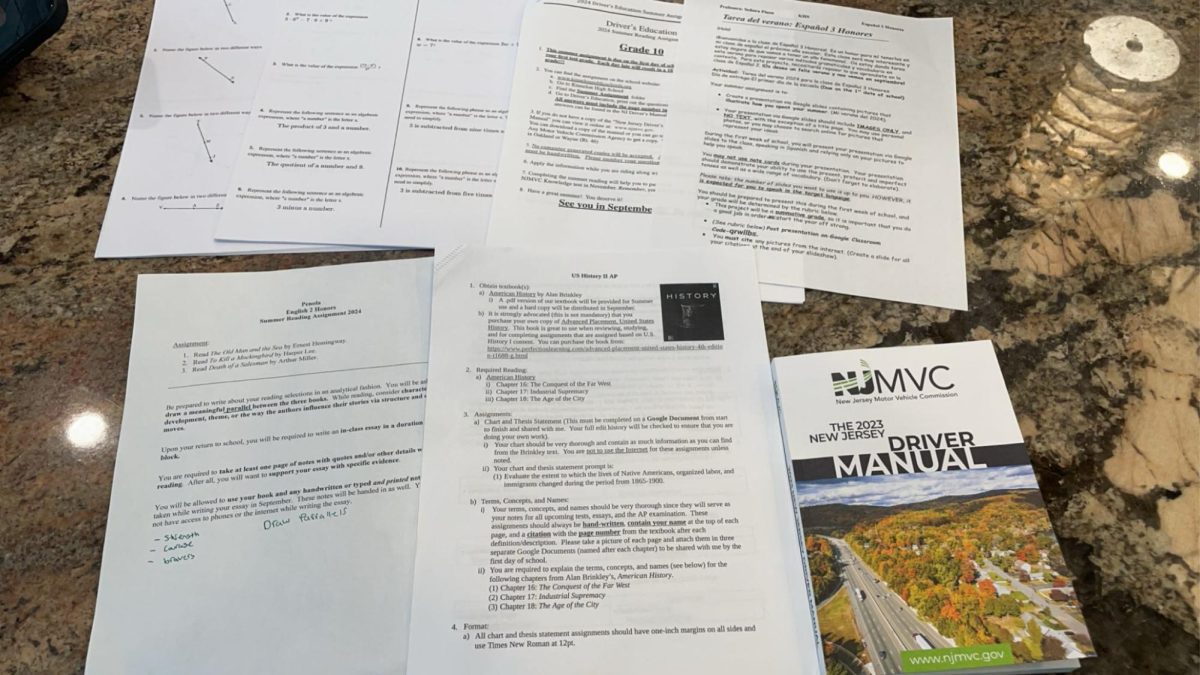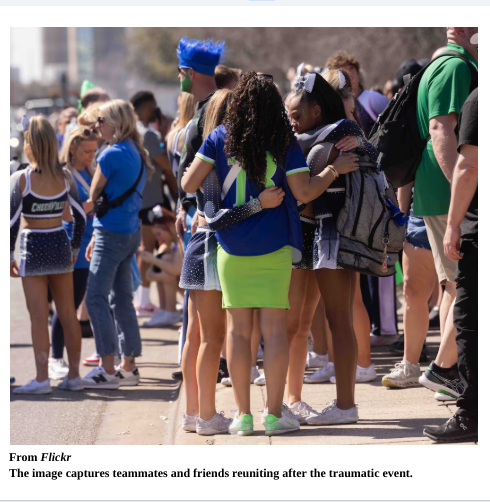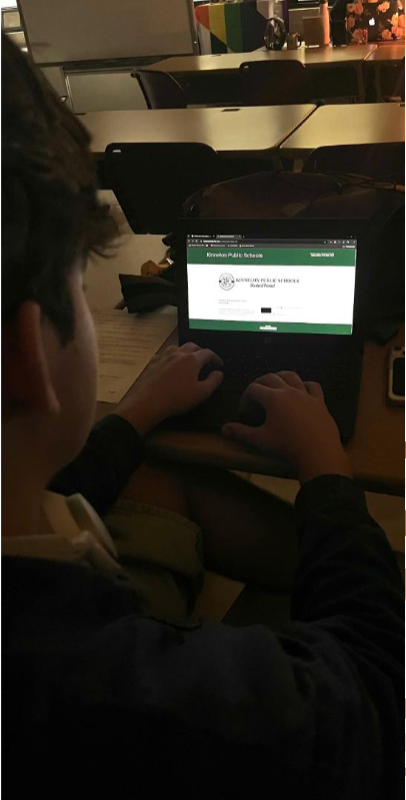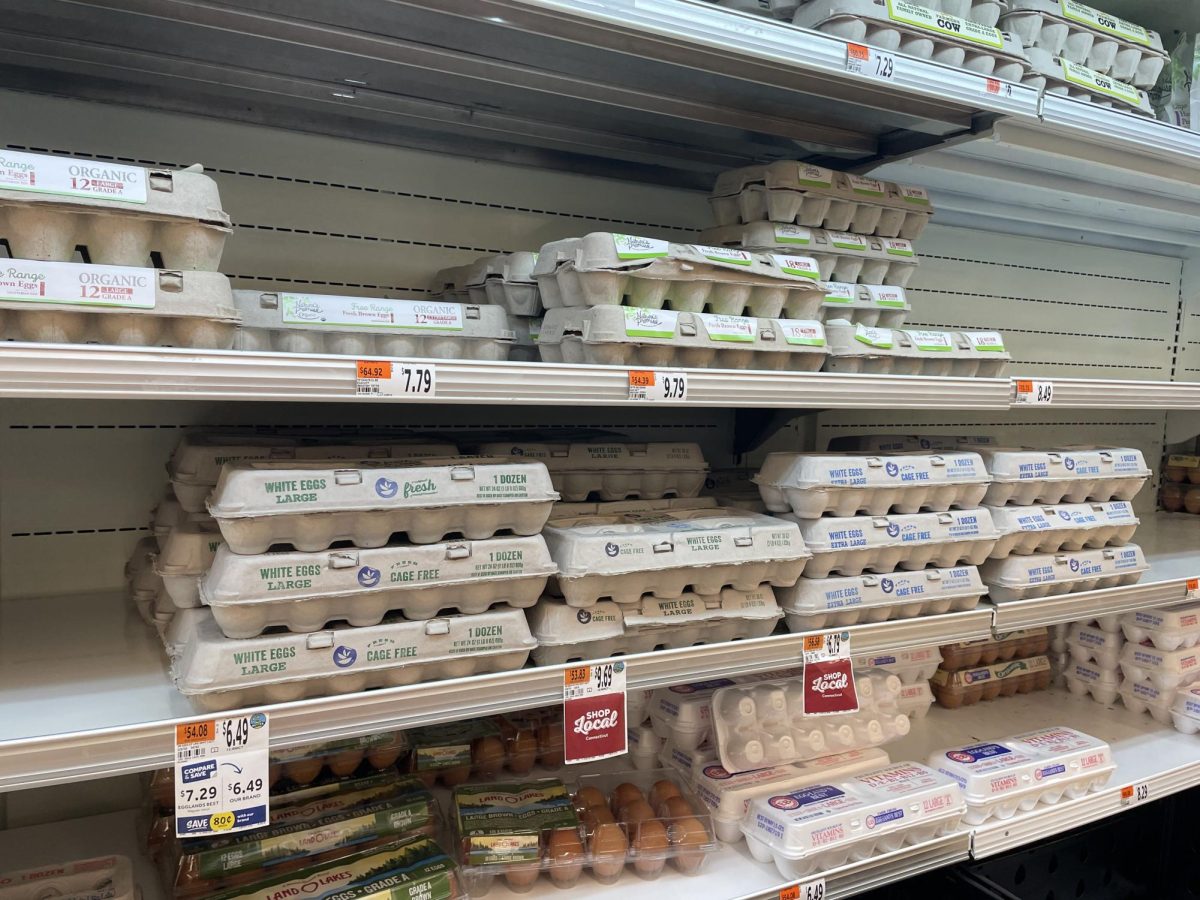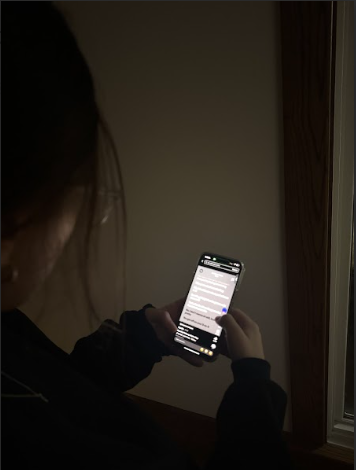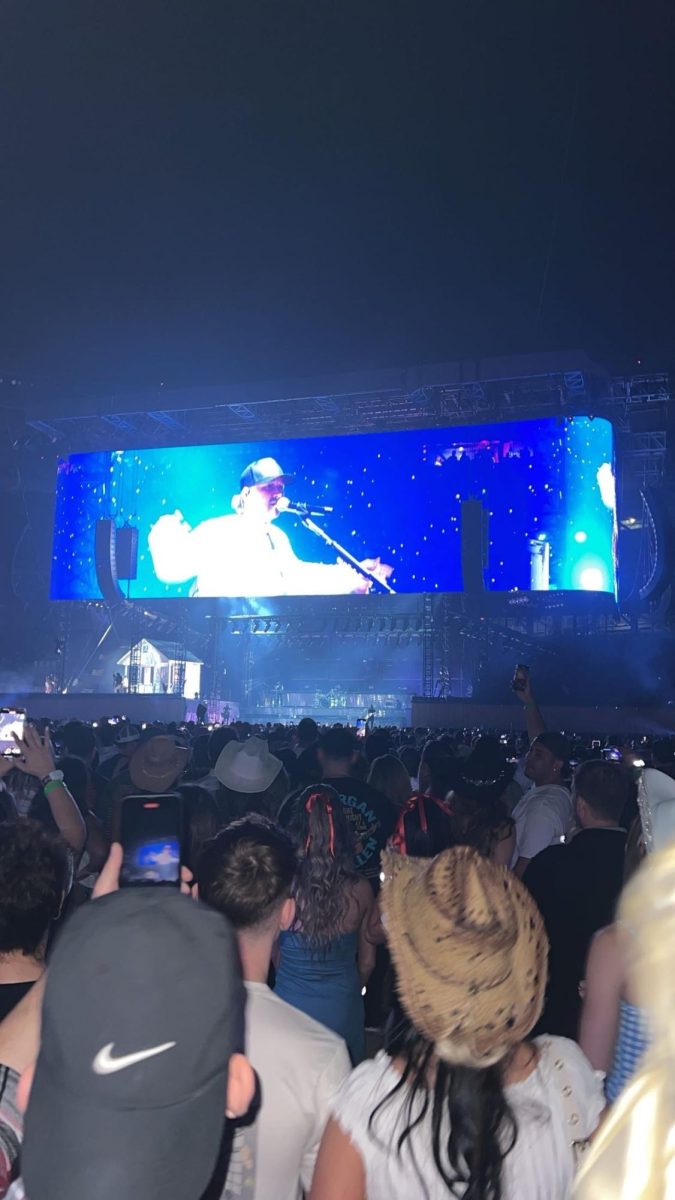Dressing to Impress
Leather jackets, vintage shirts, ripped jeans, colorful patches… and pajama pants? All around the student body, some interesting clothing trends have been enjoying a moment in the sun and providing the school atmosphere with some interesting pops of color and intrigue. At Kinnelon High School, this was especially true during Spirit Week, but even following the eventful week’s conclusion, many of these unique styles have remained popular.
The clothes you wear are one of the first things people notice about you. They can alter your posture, body language, motivation, and even mood. Almost everyone comes to school wearing something different than everyone else, and more often than not, it says something about who they are. Perhaps your shirt features a clever joke, or you wore bright pink pants, or fun shoes signed by your friends. However you dress, your clothing can often say a lot about you, and this is because it is an important part of how you express yourself.
Students vs Teachers
Students, in general, are known for wearing a particularly widespread variety of clothing to school. People have shown up wearing everything from Tom and Jerry pajamas to sports jerseys and flannels. The lack of a school uniform at Kinnelon High School allows students to say a lot about themselves with their outfits, bringing back interesting trends. Danielle Elia, a history teacher at KHS noticed “they’re starting to bring back stuff from the 90’s that I wore. Pajamas were very much “in” to wear to school, like flannel long pants and a sweatshirt… or like the waffle shirts. I am starting to see the wide-leg pants come back with the crop tops… and overalls! Not so much in the school but out in public. That and baggy sweatshirts.”
Unfortunately, this is in sharp contrast to the situation for the teachers, who have a relatively stringent dress code requiring business casual attire and professional appearance, except for “casual Friday” where jeans are allowed. Despite these restrictions, teachers often find cool ways to characterize their outfits and express themselves in class. One Kinnelon-famous example of this is chemistry teacher Adam Smith, known for his colorful and creative collection of ties. “I’m kind of known for my tie collection. Right now I have a tie that’s covered with the face of my dog Charlie. I have some that are famous paintings, science ties, next week I have a turkey tie for Thanksgiving… I get to some time around March before I have to repeat ties, and I put a lot of thought into matching the colors,” says Adam.
The argument in favor of the teacher dress code is convincing. As pointed out by Adam, “It’s hard to have high expectations for the students if the teachers aren’t really doing it themselves. If teachers are dirty and unkempt… how can we expect the students to take care of themselves at a high level?”
Luckily, the monotony is frequently broken up by dress-up days and holidays that allow for more flamboyant attire. Just last Halloween, almost the entire English department showed up in costume, with new teacher Enrique Ortega sporting a devil costume while John Penola donned a kilt and wielded prop weaponry.
Running counter to the excitement of these teacher outfits came the lackluster student participation in Halloween as a dress-up day. I was shocked by the overall lack of costumes I saw from my peers. But if not costumes, what did students wear? Primarily, comfort attire like pajamas and sweatpants… and this is a pretty typical occurrence.
Revenge of the Sweatpants
The origin of the sweatpants trend is unclear, but it certainly became far more fashionable following the COVID years. Perhaps this is because students wore them at home and decided to come to school the next year dressed similarly rather than returning to the preppy or old-school looks they had previously sported. Or, perhaps students simply don’t feel the need to wear clothing they don’t feel comfortable in.
Whatever the reason for the shift, it certainly came as a change to a student’s daily routine, and also a student’s mindset. KHS band teacher Ryan Stroud points out that “There’s something to be said for getting up, getting dressed, and going to school. If you’re getting up, not getting dressed, keeping pajamas on and throwing on a pair of Uggs, are you really in the right frame of mind to be learning, or has it become an extension of your bedroom?”
Despite the lack of a school uniform, students seem to have settled on an informal, unspoken dress code of their own that encourages wearing whatever they feel most comfortable in. Is this a powerful statement of autonomy, or simply an expression of laziness? When asked if they express themselves through their clothing and whether a uniform would impact this, here’s what KHS students had to say:
“I mostly express my emotions through my clothing. for example, if I get four hours of sleep, I will show up to school in sweats/a sweatshirt; however, if I washed my hair the night before and got a good amount of sleep I’ll wear jeans. I do feel that a uniform would hinder the opportunity for students to express themselves through their clothing and they would grow to resent that.” -Sophie Pogodin, Senior. Sophie usually wears sweatpants or leggings with a crop top or sweatshirt.
“I would be very upset if I had to wear a uniform. I don’t necessarily express myself through clothing, but am grateful I have the ability to choose.” -Jordan Doty, Senior. Jordan likes to dress in sweatshirts, sweatpants, and t-shirts.
“I think that I do express myself through my clothes, and that a uniform would make everyone the same instead of all different and diverse.” -Lindsey Mattie, Sophomore. Lindsey typically sports a crop top and jeans, unless she’s in the sweatpants mood.
Of the other students surveyed, almost all mentioned sweatpants as part of their typical outfits, and all but one denounced uniforms and cited freedom of expression as the chief benefit of the current system at KHS.
Pajama Power
For years, students have spent their mornings deliberating what to wear to school, stressing over their appearance, and crafting the perfect outfit to impress their peers. Perhaps the rise of pajamas and a more laid-back approach to dressing isn’t such a bad thing. Wearing slippers and sweatshirts to school may be a shocking departure from the mentality that school imposes an inherent formality onto the students, but it also represents a rare opportunity for students to focus not on what they are wearing, but on what they are doing.
Anxiety over one’s appearance is far from gone, but it seems that students, of their own volition, are taking a powerful step in the right direction. While school uniforms may also look like a solution on the surface, they sacrifice the individuality of the student through their ability to dress the way they see fit.
I myself make a point of wearing blue every day, whether it be a fun shirt or even bright blue shoes. The result? A fun inside joke with my friends and even a few of my teachers when they see me wearing it. I see my blue as an important part of who I am–it’s one of my favorite trademarks–proving that although I’m not always good at picking favorites, I can certainly lean into a good favorite color.
Overall, the way a student presents themselves has changed considerably over the years, most significantly after the pandemic. Trends come and go, and perhaps this wave of casual attire will be short-lived. In the meantime, however, students should embrace this trend for what it is: a reminder that your appearance is yours to control, and that the most important thing about it is that you feel comfortable in your own skin.

